Top 10 Things We'd Tell You as an Arborist if We Weren't Afraid of Hurting Your Feelings

This is a list of tree care worst practices that you, or someone you know may be guilty of. Read the following list at your own risk. You’ve been warned, feelings may get hurt.
1. The house you just built is going to kill all the trees you bought the lot for.

Construction is the leading killer of urban trees. Why? Lack of construction protection and lack of understanding what constitutes the critical root zone of a tree. The most common problems occur from root loss, mechanical wounds, compaction, soil grading, and dumping of paint water or other chemicals, to name a few.
2. Pick your lawn or the tree. You can’t have both.

Surviving does not equal thriving. The weed and feed for your pristine lawn is killing your tree. Sprinklers are designed for lawns and aren’t providing enough water, and trimming your trees back so your lawn has enough light is killing your tree.
3. You have been trimming your trees wrong for years and it is killing them.

Over trimming your tree, lion tailing, topping, is killing your tree. Trees need leaves to produce food, the less they have the more stress they are under. In addition to starving your tree it also creates other issues like; increased risk of decay, and more limbs breaking from uneven weight distribution.With tree trimming less is more.
4. Improper mulching kills trees / rocks are not mulch.

Mulching incorrectly does more harm than good. Too much mulch will keep the soil too moist and harbor harmful bacteria or fungi that can lead to trunk and root rot. Placing decorative rocks around the base of tree to cover roots instead of mulch will compact the soil and cook your roots. If you want anything around the base of your tree it should only be mulch, applied correctly.
5. Stop topping your crape myrtles, it looks terrible.
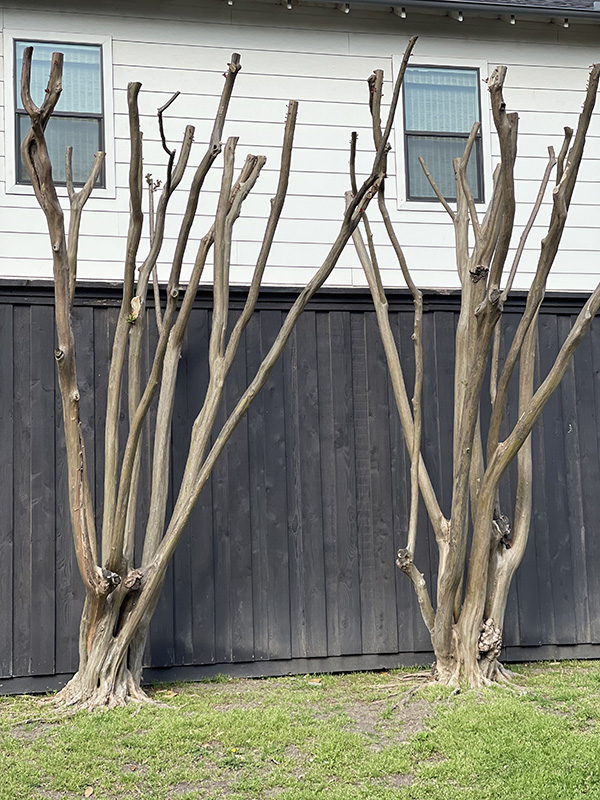
…”but everybody else”….is almost always followed by the worst decision possible. Just because everyone else is doing it, doesn’t mean it’s a good choice. The practice of topping trees often comes from an uninformed and misguided attempt to avoid limb breakage, stimulate new growth, and control the size and shape of trees, but instead creates unstable limb growth.
6. Tree rings are ugly and stupid.
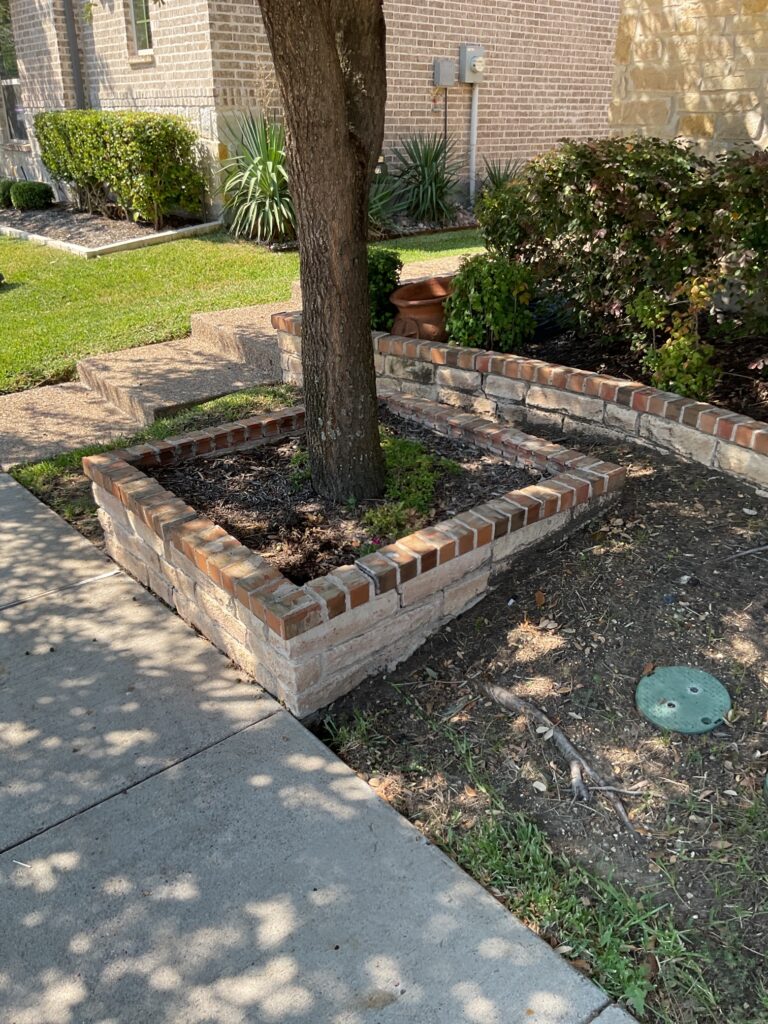
You may read other blogs that tout their purpose in helping and beautifying, but they actually don’t. At first glance they seem to keep mulch tidy, keeping everything nice and neat. The truth is tree rings inhibit root growth and creates multiple issues as the tree grows. If a decorative tree ring is placed after the tree had been established landscapers will cut and damage roots to construct it. In addition once the tree dies the tree ring will it make it difficult and more costly to stump grind or plant a new tree in its place.
7. This plastic grass is going to kill your tree.

Once a tree has a stress event (like synthetic grass installation) they slowly start to decline. Different trees will respond at different rates. A red oak may last three years before declining while a live oak may last 5-7 years. Each tree and each tree species will respond differently.
8. When in doubt ……. Leave the tree alone.
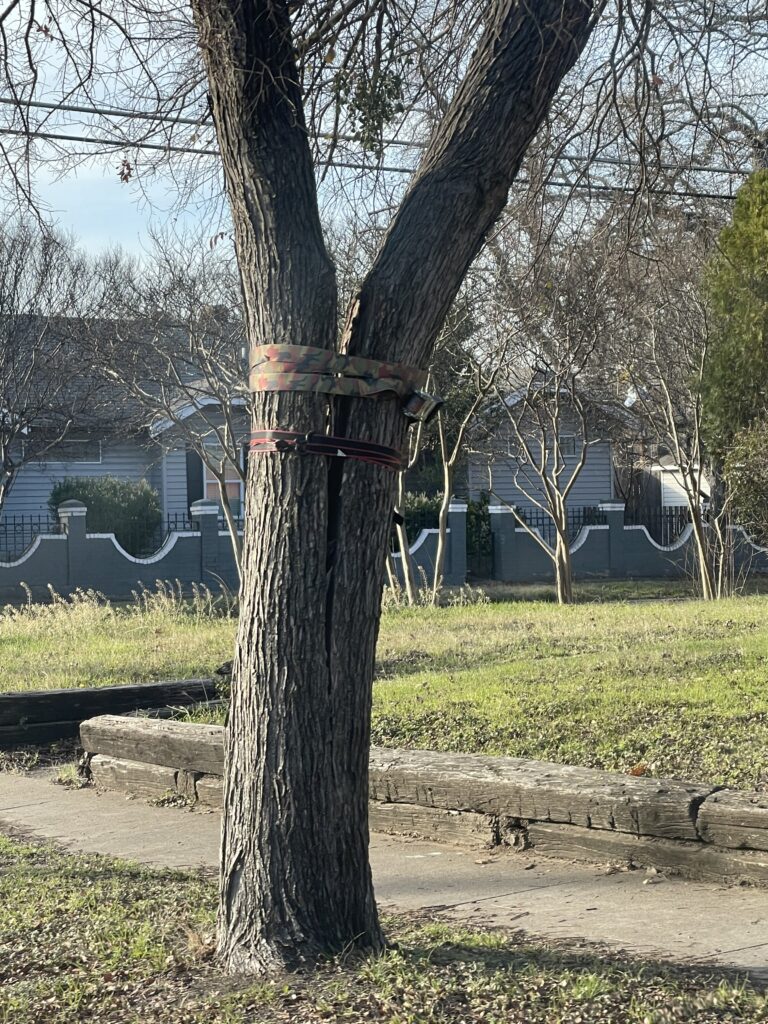
Call an arborist and have your tree assessed if you are concerned about your tree. Dr google sometimes creates more problems.
9. Opting out of Oncors trimming puts your neighborhood at risk for losing electricity if there is a bad storm.
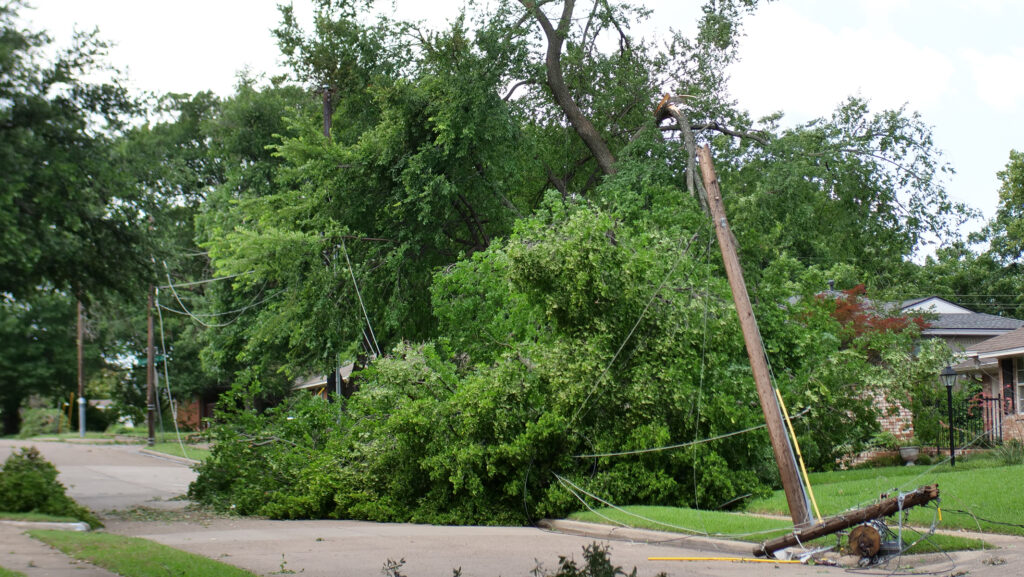
Unfortunately trees that have been planted under a utility line are going to have to be cut in a way that may not be best for the tree, but is the best for the community at large. Branches that touch or dangle above these lines are unsafe if they are broken during a storm. If a limb fails unexpectedly and hits a power line it will disrupt power for your neighborhood for an unknown period of time. We saw in the last severe storm significant amount of neighborhoods affected with power loss for several days due to this occurring. If it alarms you to have to reduce your tree significantly for safety, do something you can control. Plant a new tree where it doesn’t interfere with power lines.
10. Bradford pear trees suck.

If bradford pear trees were a person they would be all looks and no substance. As they age, Bradford pears become prone to breaking, due to the natural instability of their branch joints. They have beautiful white blooms in the spring that smell terrible, have short spanning lives, and are susceptible to fireblight, a disease that can only be managed, not cured.

At Texas Tree Surgeons, we love trees and we love our community! Our goal is to always educate our community with best practices in tree care. We hope you learned something from this list and that you didn’t take any of these items to heart. As always, if you have any questions about tree care please reach out to us. Our certified arborists would love to share their knowledge.
Related Blogs
Similar blogs related to this topic


Avoid These Tree Care Mistakes for a Healthy Landscape
Below is a list of overlooked mistakes that could jeopardize the health of your trees. From missteps in pruning to incorrect watering practices, discover how to give your trees the care they deserve. Red oak…
Read more

Why do Arborists Recommend Soil Sampling in Urban Areas like Dallas?
Soil sampling is a crucial practice in urban areas like Dallas. It helps arborists make informed decisions about your landscape to ensure a healthy urban ecosystem. Our native soils vary widely—from the dense clays of…
Read more
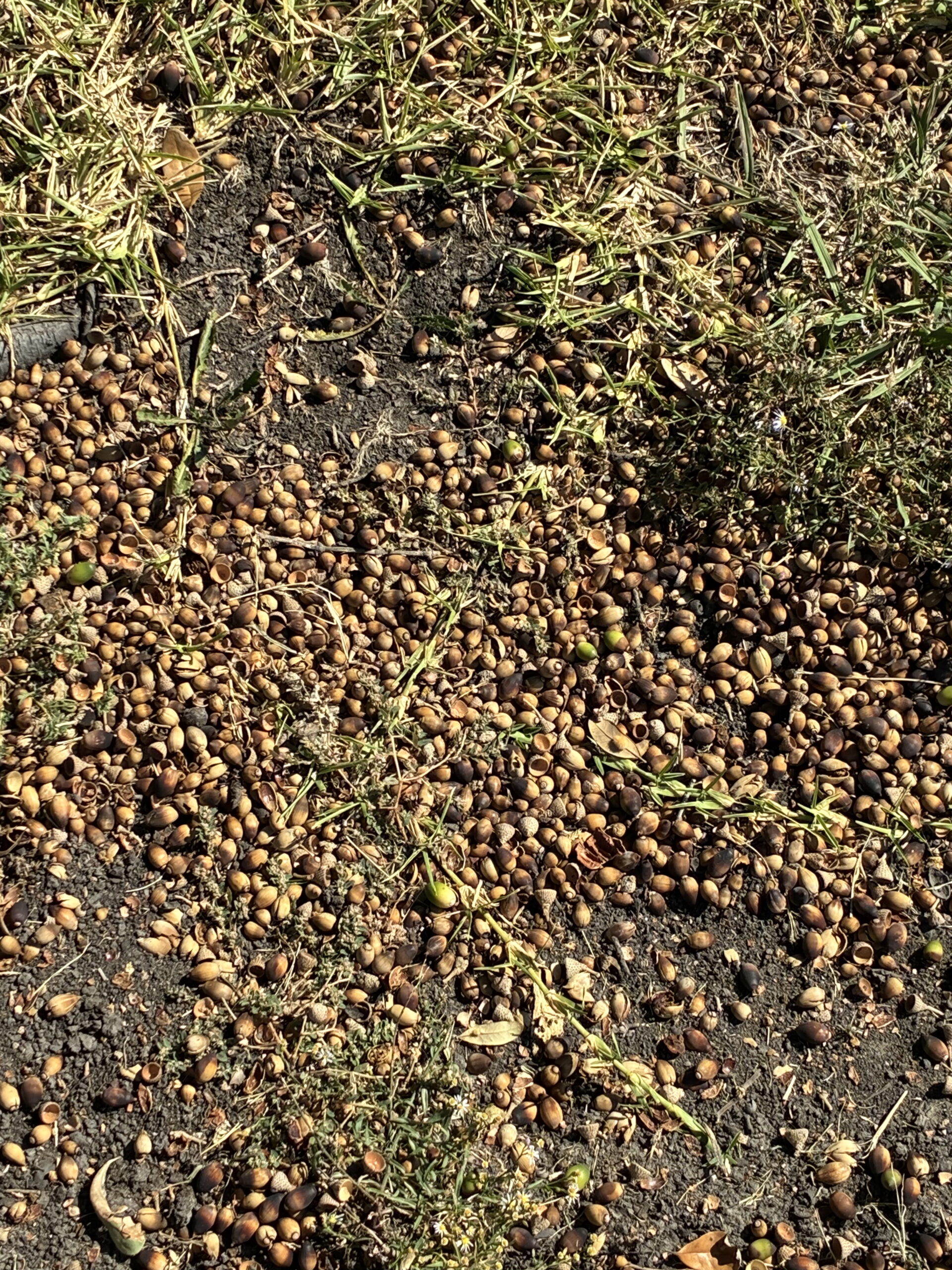
Why Are My Oaks Producing so Many Acorns?
Are you noticing your lawn has a sudden carpet of acorns beneath your feet? If yes, you’re likely experiencing a masting year. In such years, oak trees pull out all the stops to produce an…
Read more